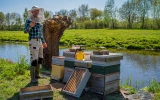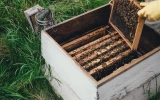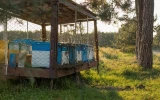Is Bee Farming Profitable? (Full 2024 Breakdown)
Bee farming, or apiculture, has been a buzzword in the agricultural sector for some time now. But here's the million-dollar question for you as a potential beekeeper or investor: Is bee farming profitable in 2024? Let's dive into a comprehensive breakdown of the profitability of bee farming in today's market, considering factors such as initial investments, ongoing costs, revenue streams, and market trends.
Bee farming can be profitable. A healthy hive can produce 60–200 pounds of honey per season, selling at up to $10/pound. Additional revenue sources include beeswax, pollen, royal jelly, propolis, and beekeeping services like pollination. Average profit margins range from 15% to 40%.
Beekeeping is a diverse income source. Plus, with the growing awareness of bees' importance in our ecosystem, there's an increasing market for sustainable and environmentally friendly bee products.
Summary
- Begin with a few hives to learn the ropes before scaling up.
- Understand your local market's demand for bee products.
- Don't rely solely on honey. Explore other products and services.
- Connect with local farmers and businesses for pollination contracts.
- Adopt bee-friendly practices to ensure the long-term health of your colonies.

On this page:
Bee Farming Earnings in 2024
Beekeeping can evolve into a lucrative business, or simply serve as a hobby that pays for itself. As with any agricultural pursuit, it requires dedication, knowledge, and calculated investment to turn it into a profitable enterprise. Success in this field is a slow and steady process, with profit potential increasing as you gain more experience.
How much money can you make with bees?
Here's an estimated range for each revenue stream in 2024:
| Revenue Streams | Potential Earnings |
|---|---|
| Sale of bees | Nucs ($150–$200), Queen bees ($25–$40) |
| Honey sales | Retail ($8–$15 per pound), Wholesale ($4–$7 per pound) |
| Bee pollination services | Rental rates ($50–$200 per hive for a season) |
| Bee products | Beeswax ($5–$15/lb), Pollen ($15–$30/lb), Propolis ($30–$60/lb), Royal jelly ($40–$60/oz) |
| Workshops and tours | Workshops ($100–$300 per participant), Tours ($10–$20 per person) |
| Beekeeping courses | Online courses ($50–$200 per enrollment), In-person intensive courses ($300–$1000) |
The profitability of bee farming can vary based on factors like location, scale of operation, efficiency of hive management, product quality, and market demand for bee products. Understanding these dynamics is key when you're looking to explore the financial viability of apiculture.
Dependent on honey prices, type and quantity of other bee products, and local demand, annual revenues can vary significantly. To calculate your potential profits, subtract your expenses from the total revenue, factoring in the cost of equipment, bees, feed, hive maintenance, and labor.
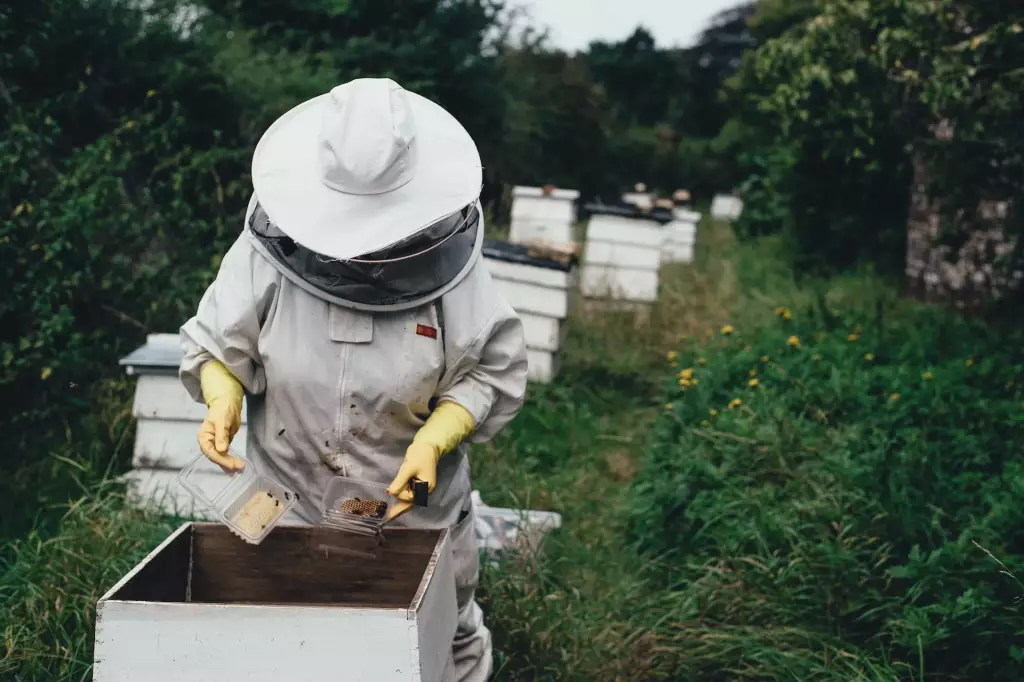
How much do beekeepers make per hive?
On a per hive basis, profitability can range widely. A single hive can yield about 30 to 60 pounds of honey annually, and with honey retail prices varying, your beekeeping could generate from $300 to $600 per hive from honey sales alone—excluding other hive byproducts.
The number of hives is a key factor in reaching a full-time income. To get a grasp on what you might expect to earn, it's useful to check how much beekeepers make.
Cost Breakdown of a Bee Farm
When starting bee farming, you'll find that initial expenses can be quite high. Your first year is crucial, involving learning and investing in various pieces of equipment. Consider the following breakdown:
| Initial Expenses | Estimated Cost |
|---|---|
| Beehives | $200 to $500 |
| Bees | $100 to $200 |
| Protective gear | $100 to $300 |
| Tools | $50 to $200 |
| Total | $450 to $1,200 |
| Annual Expenses | Estimated Ongoing Costs |
|---|---|
| Replacement bees | $100 for a new colony if losses occur |
| Feed | $50 for sugar and supplements per hive |
| Medication and maintenance | $50 to $100 per hive |
These are just estimates. Your actual costs to start beekeeping could be higher or lower depending on your choices and local pricing.
- Beehives: The cornerstone of your bee farm. You'll need durable hives. Prices vary depending on the type of hive (Langstroth, Top-bar, or Flow hives) and the material (wood or synthetic).
- Bees: You'll need to purchase colonies or nucs (nucleus colonies), package bees, or queens. Costs can fluctuate based on the bee species and regional availability.
- Protective gear: Essential for your safety. This includes bee suits, gloves, and veils.
- Tools: From smokers to hive tools and extractors, these are crucial for hive management and honey extraction.
- Land: If you don't already own suitable land, this can be a significant cost. However, some beekeepers successfully negotiate with landowners to place hives on their property for free, in exchange for pollination services.
- Monthly maintenance costs will include hive inspections and maintenance, feeding, medication, transportation for pollination services, labor if you're scaling up, and replacement of equipment as needed.
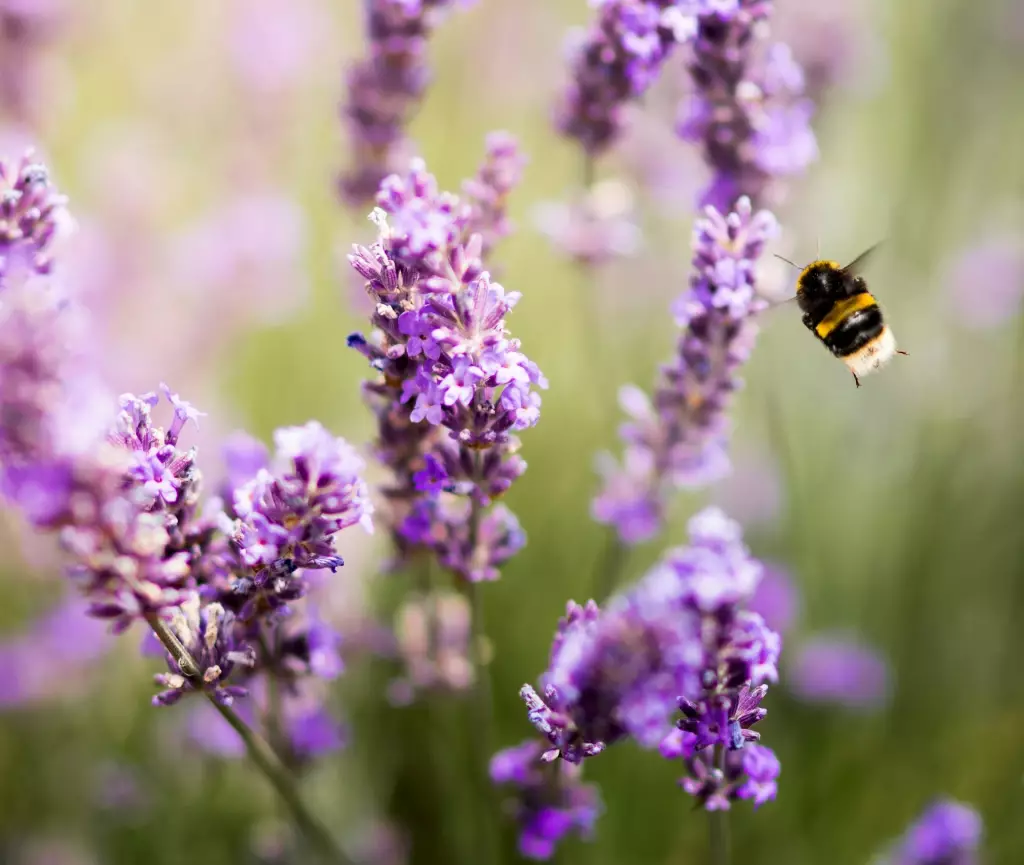
Factors Affecting Bee Farm Profits
First, consider the initial investments—purchasing beehives, protective gear, and other essential beekeeping equipment can be quite costly. However, the value of a beehive goes beyond the physical structure; it encompasses the potential income from the bees and their products.
Location is another critical element. Ideal floral diversity and suitable climate conditions are essential for optimal bee health and honey production. Regions with abundant nectar sources will significantly enhance your bees' productivity, directly impacting your profit margins.
| Profit Margin Factors | Target Profit Margins |
|---|---|
| Scale of operation | Small hobby beekeepers (10–20%), larger commercial operations (15–40%) |
| Business model | Selling queen bees and bee colonies (50–60%), honey production (15–50%) |
| Pollination services | 15–30% profit per hive, or 50–80% of revenue |
| Honey production | High supply years (15–20%), lower yield years (40–50%) |
| Location | Florida (7.8%), California may achieve higher margins |
| Average profit margins | 15–40% |
- Beekeeping businesses can have an average profit margin of 30-40%, though this number can fluctuate based on the factors mentioned above.
- The profit margin for the beekeeping industry in Florida was reported to be 7.8 percent, which highlights how regional differences can impact profitability.
Cost management is as important as revenue generation. Efficiently tracking and controlling your expenditures, from maintenance to labor costs, ensures your bee farm operates within a profitable margin. Meticulous financial planning and budgeting can prevent overspending and wasted resources.
Quality of the bee products you sell, such as honey, beeswax, and propolis, influences demand and price. Offering high-quality products can justify a higher market price, thus increasing your revenue. Keep in mind that extracting and processing these products require careful handling to maintain their natural benefits.
Lastly, understanding market trends and knowing where and how to sell your bee products are pivotal. Whether you sell directly to consumers or through local markets, positioning your products to reach the right audience is a key success factor in bee farming.
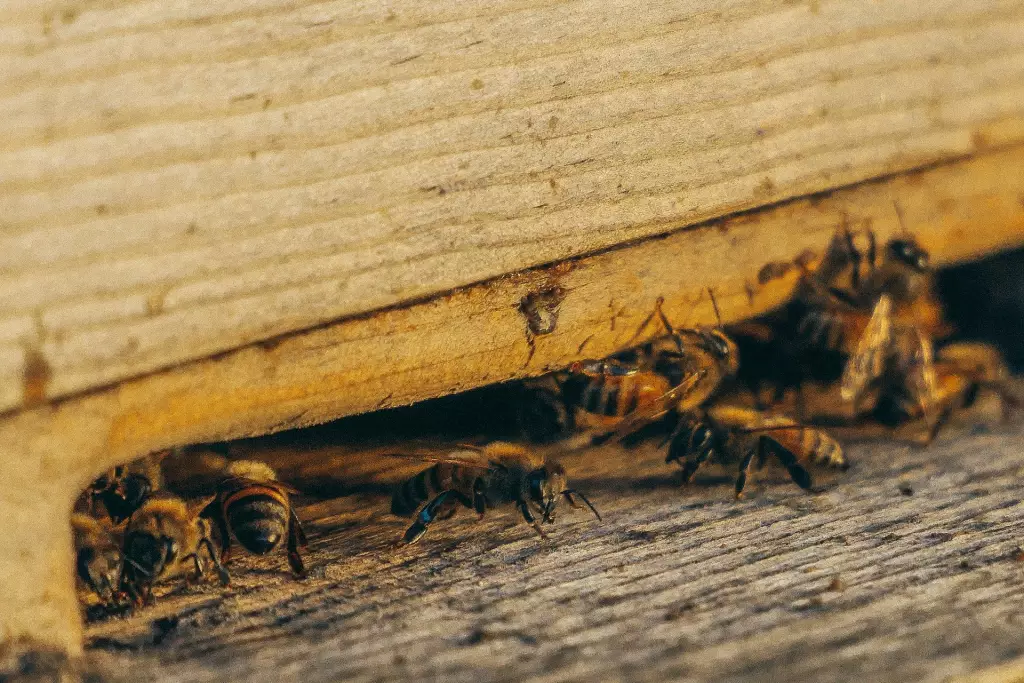
Tips for Maximizing Profits
Start by carefully evaluating your expenses for essentials like hive materials, protective gear, and bees. Opt for durable equipment that lasts longer, even if it's slightly more expensive upfront—it pays off in the long run.
Plan and budget
Develop a solid business plan for your beekeeping venture in order to understand the number of hives needed to turn a profit. Aim for bulk purchases to save on supplies, and consider the economics of scale.
- List all startup costs
- Forecast potential profits
- Include ongoing expenses
Optimize hive health:
Healthy hives produce more honey and require fewer resources for disease management. Learning and implementing effective beekeeping methods ensures your bees are thriving, which directly affects profitability.
- Regular inspections
- Mitigate pests and diseases
- Boost productivity through best practices
Revenue streams
Besides selling honey, consider offering pollination services or teaching beekeeping workshops. Capitalize on every product your bees produce to widen your profit potential.
Bee farming can be a lucrative business with several revenue streams, including:
- The sale of honey,
- Beeswax, pollen, propolis, royal jelly, and queen bees,
- Providing pollination services by renting out bees
- Offering beekeeping courses or workshops, and tours

